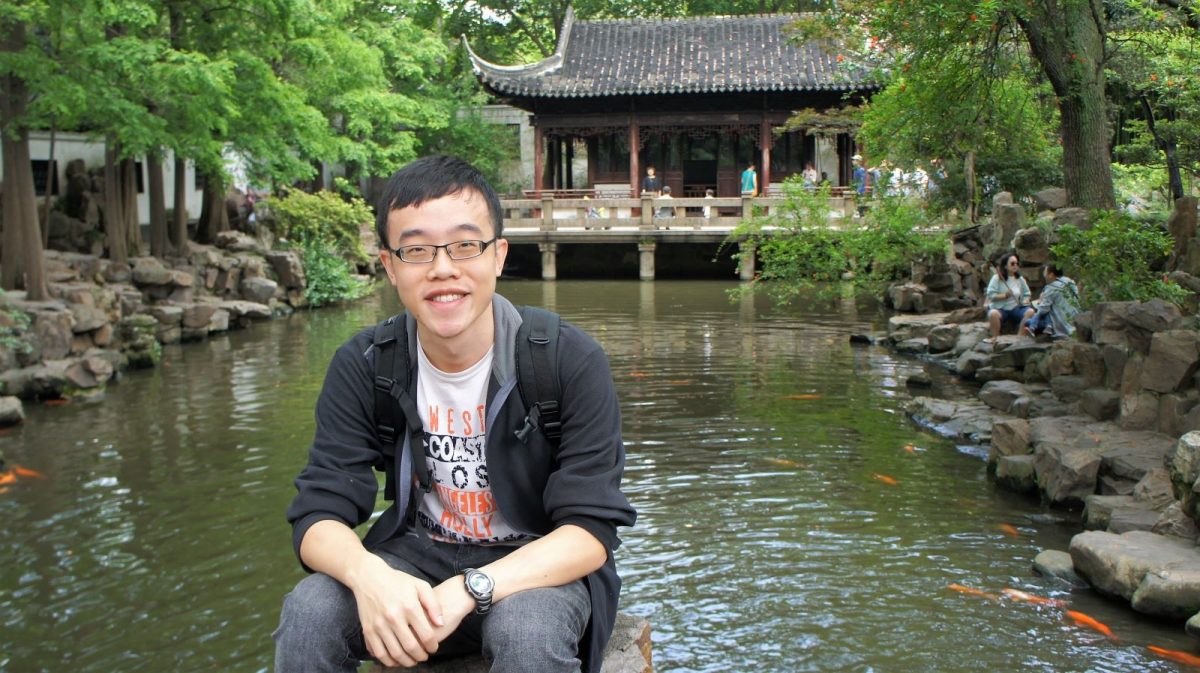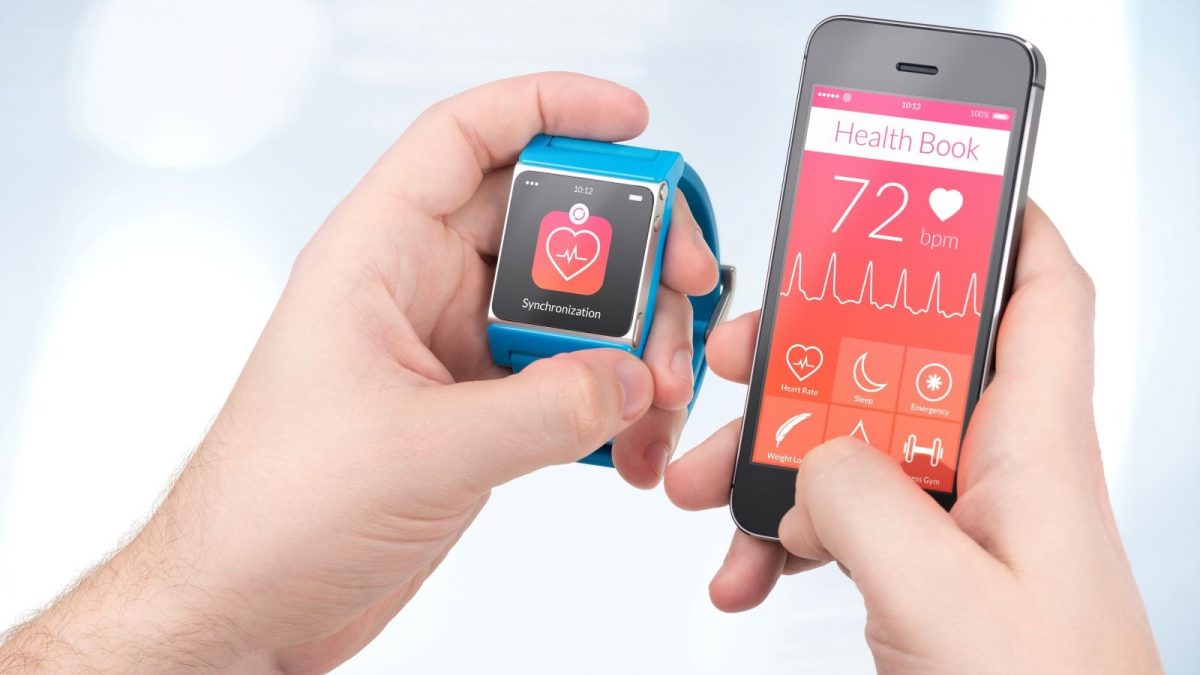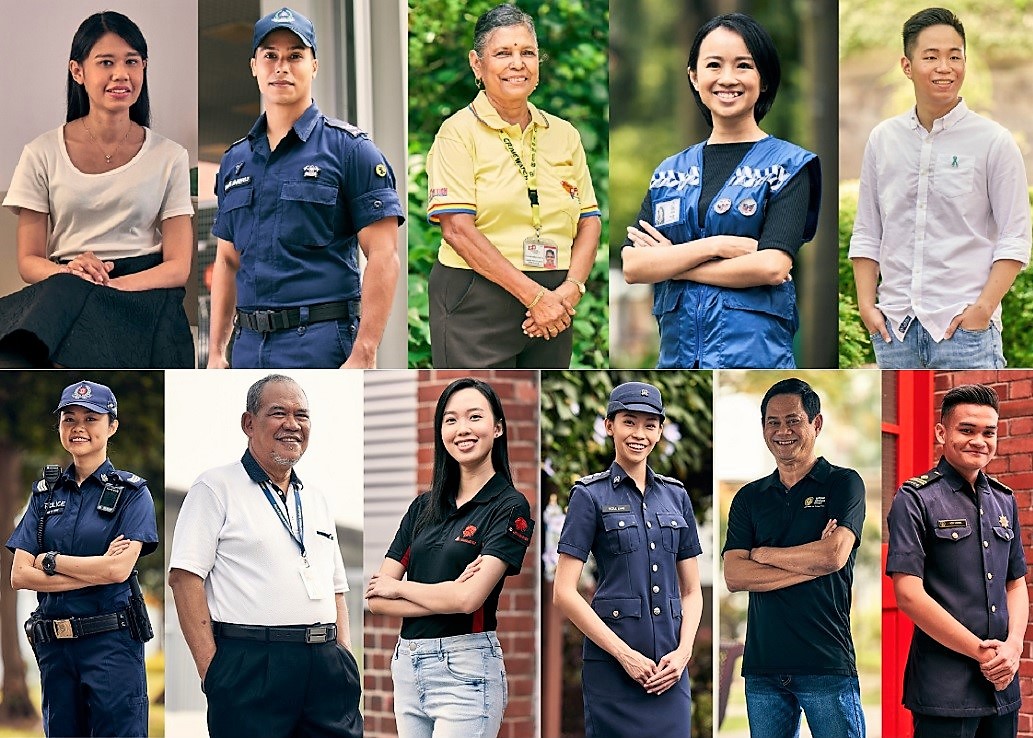Captain (Dr) (NS) Lee You Jun from the Singapore Civil Defence Force (SCDF) draws on his interest in science and tech to help in cases of serious medical emergencies.
TEXT: KEENAN PEREIRA
PHOTOS: CPT (DR) (NS) LEE YOU JUN
A patient has just had a heart attack and is being rushed to the hospital in an ambulance. Paramedics monitor her situation in the ambulance, while the Emergency Room (ER) team at the hospital concurrently prepares the equipment and medication needed to save her life. Such real-time coordination is possible, thanks to advances in technology that have ushered in platforms like the Operational Medical Networks Informatics Integrator (OMNII).
OMNII was developed through a multi-agency partnership that included SCDF, Ministry of Health, and Defence Science & Technology Agency (DSTA). One of the SCDF personnel involved in the initiative was CPT (Dr) (NS) Lee You Jun, who completed his National Service in February 2022.
The chance to work on the project suited CPT (Dr) (NS) Lee, because he has been deeply interested in tech from an early age. “I remember playing games on a Gameboy or a Nokia phone,” the 27-year-old shared. “It was fascinating how much information could be stored on a small device. And look how far technology has come since.”
As a radiology resident with the National University Health System, CPT (Dr) (NS) Lee has a front-row view of the applications of these advances in the medical sector. “It’s an area where machine learning and artificial intelligence are increasingly coming into play, but because it’s medicine, there’s still a very human aspect to the work,” he explained.
He appreciated the broad nature of radiology, which means that he could be seeing a patient suffering from a brain haemorrhage, and right after that, a child with stomach pain. “It keeps the work fresh,” he said, adding that when he finishes his residency next year, he hopes to mentor future generations of radiologists.
A CHAMPION FOR DIGITAL HEALTH
CPT (Dr) (NS) Lee also plans to continue advocating the use of technology to improve health outcomes. “It allows medical professionals to better care for patients under their charge,” he elaborated, adding that OMNII is just one way of doing this. Launched in August 2021, the platform digitalises ambulance case records and integrates them with that of hospitals’ emergency departments.
Enabling such integration was a moment of pride for CPT (Dr) (NS) Lee. But he added that it was very much a team effort, with successive full-time National Servicemen (NSFs) taking on different roles. They supported SCDF regulars, as well as personnel from different agencies, to ensure the project’s successful launch.
CPT (Dr) (NS) Lee’s role was to oversee the implementation of OMNII and collect feedback from various stakeholders to improve its processes and features. “Being trained in medicine and having a bit of technological knowledge from my personal research allowed me to bridge the two worlds and move things along,” he says.
Now that he has completed his National Service, CPT (Dr) (NS) Lee has passed the baton of improving OMNII to his successor. As a medical professional, he continues to appreciate the value it brings to our healthcare system. “I’ve seen so many cases where every second counts,” he shares. “I’m proud to know that I had a part to play in making that improvement.”
SENSIBLE ADOPTION
Technology projects should be adopted with an eyes-wide-open approach, cautioned CPT (Dr) (NS) Lee. “One misconception is that technology only brings about positive changes to organisations. Ill-advised or poorly rationalised applications of technology can in fact create more problems than solutions, serve little purpose in helping our work, and waste resources,” he said.
“It’s important to always consider the potential issues that come with technology, and other alternatives when implementing any technology-related project. We need to address these, and make sure that we are taking a step forward with technology on our side. Only then can we bring about positive change to our organisations and society with technology.”
MOVING WITH TECH
Technology continues to be a part of CPT (Dr) (Ns) Lee’s life, both at work and in his personal life. He shared why science matters:
- Solid outcomes: “While the inertia and barrier to technology adoption may be high, the returns in the long run are also high.”
- Relevancy: “Integrating technology into our work and lives would help us to stay relevant in the future in this fast-evolving technological climate.”









